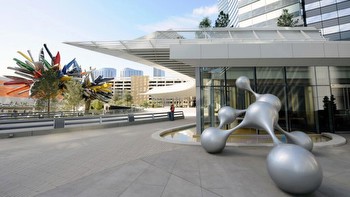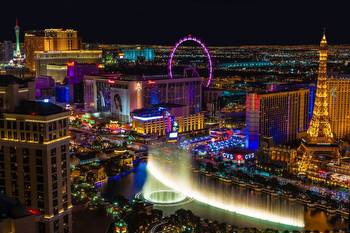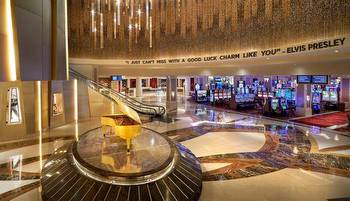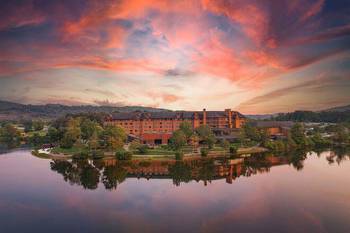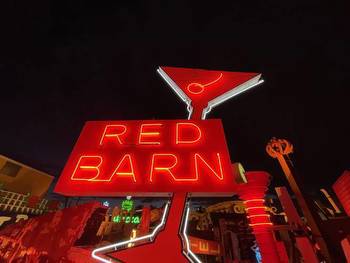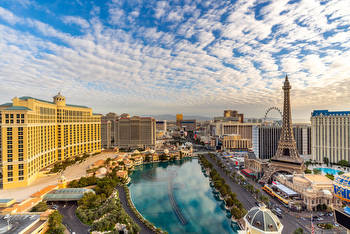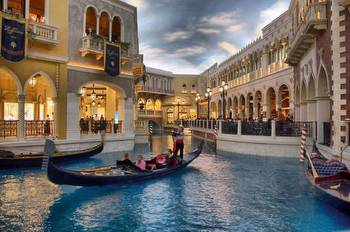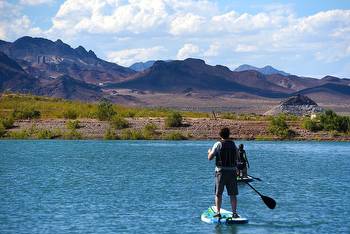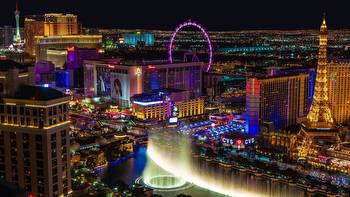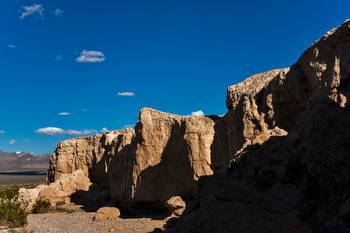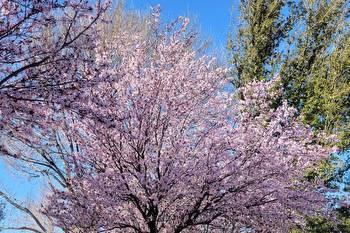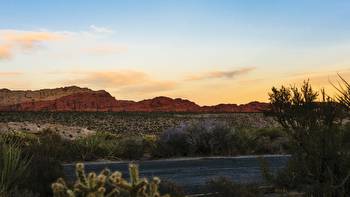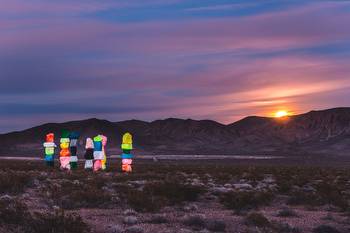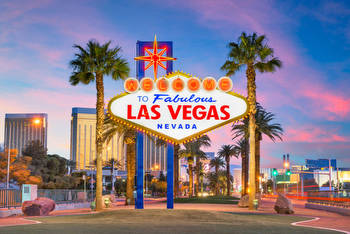Las Vegas history at Springs Preserve: Travel Weekly

Las Vegas Springs attracted Native Americans for thousands of years before the arrival of European American settlers, ranchers, railroaders and gambling entrepreneurs who created a world-class tourist destination.
The site, listed on the National Register of Historic Places since 1978, is now the home of Springs Preserve, a 180-acre cultural institution just a few minutes west of the tourist corridor.
Educating visitors about Southern Nevada's natural and man-made history as well as demonstrating a vision for a sustainable future, Springs Preserve opened in 2007 and drew almost 300,000 the year before the pandemic. The Las Vegas Valley Water District and an associated nonprofit are the campus' stewards.
Museums, galleries, films, art, interactive displays, vibrant gardens and interpretive trails provide insight about the city's improbable origins -- far from any ocean, lake, river, mountain or rich farmland.
"You can think of us as a living museum with our trail system, the wildlife that you can see, the Botanical Garden, our outdoor areas as well as our rotating exhibits and the exhibits in the Origen Museum, which describe much of the natural history of Southern Nevada," said Tom Bradley Jr., a spokesman for Springs Preserve.
The Origen Museum, which gets it name from a combination of the words original and generations, tells how the community came to be. Among its 75 permanent exhibits are those about the region's water history, re-created railroad cars and sculptures of figures at the 1905 land auction when Las Vegas was founded.
One of the most popular indoor exhibits immerses visitors in a tranquil canyon setting before a storm erupts. Amid thunder and lightning emerges a roaring flash flood, with 5,000 gallons of water racing at guests before crashing below them.
"It's fun to watch kids' reaction," Bradley said. "It's an educational tool. You go in there and you realize that if you're out in nature and a storm comes along, you need to go to higher ground."
The Botanical Garden at the Springs Preserve feature cactuses, roses and other desert-friendly plants. Photo Credit: Courtesy of Springs PreserveBut what happens when it doesn't rain enough in the Mojave Desert is the focus of other areas.
Guests can walk through or take a guided tour of the Botanical Garden, a palette of colorful plants that thrive in the desert. Those considering water-efficient landscaping will encounter hundreds of ideas and inspirations. Not only cactuses and succulents but roses, vegetables and herbs grow in a serene setting in sharp contrast to the often-raucous casino floors.
The trail system includes a re-created desert wetlands area and historical structures such as spring houses and derricks used in early phases of water procurement.
"Those two areas are really neat and show you a different side of not just the Springs Preserve but of Vegas itself," Bradley said. "They can take you back in time so you get a sense of what this area was like when people first came here and people started to settle the area."
In addition to the hands-on educational opportunities throughout Springs Preserve, a trackless train ride, a splash pad and recently renovated playground near the Butterfly Habitat keep kids entertained.
Youngsters (and the adults who accompany them) can also take in close-up views of birds, rabbits, desert tortoises, frogs, lizards, Gila monsters, snakes and other creatures behind glass and fences but also in the garden and on the trails.
"Though we live in the Mojave Desert -- and if you're looking at it from a distance, it may seem lifeless -- there's a lot of life out there," Bradley said. "And those exhibits bring that home to you so you gain an understanding and appreciation of what life there is out there and how it adapts to survive."
An old water derrick can be seen along a trail at the preserve. Photo Credit: Courtesy of Springs PreserveA popular venue for community events, Springs Preserve has scheduled the Haunted Harvest Festival for Oct. 22 to 24 and Oct. 29 to 31, which would be the first planned public event there since the pandemic. Other traditional fall events, such as the Dia de los Muertos in early November, aren't quite etched in stone because of the pandemic.
Some confined areas remain closed, including the indoor parts of Boomtown 1905, a re-created streetscape telling the story of Las Vegas from 1905 to 1920, and Water Works, an exhibit in an operational water-pumping facility that traces the journey of water from Lake Mead to residents' taps.
The Sustainability Gallery, which shows how even modest changes in households can save resources and money, and the Nature Exchange, in which young collectors can trade natural items such as shells, rocks, bark and pine cones, are currently closed for renovations.
On the fall schedule, though, is Stage 9 Exhibits' "Toytopia," being held Sept. 19 through Jan. 2, a 5,000-square-foot exhibit about the origins of toys and the companies that made them. It includes a Lego cabinet, the world's largest Etch A Sketch, video arcade games from the 1970s and 1980s and a life-size dollhouse.
Las Vegas Springs is open 9 a.m. to 4 p.m., Thursdays through Mondays. Date-specific tickets, available up to a month in advance, must be purchased at www.springspreserve.org. Tickets, priced at $9.95 (plus tax and fees) for adults and $4.95 for children ages 3 to 17, include admission to the Nevada State Museum's Las Vegas outpost, which is within the Springs site. Guests are required to wear masks indoors and should allow at least three to four hours to explore the many indoor and outdoor exhibits.
"If you're from out of town and you come to Las Vegas, it gives you an idea that there's more to Las Vegas than the Strip. You can find out more about how this town began, how people adapted to live here and how creatures adapted to live here. ... You'll learn from it, you'll enjoy it, you'll see nature," Bradley said.








